Photographs: Supri/Reuters. Barun Roy
The island city of Indonesia serves as a grim reminder of the urban squalor that awaits most Asian cities
As world leaders descend once again on Rio de Janeiro next week to take stock of global reality since they last met there for the first UN Earth Summit in 1992, Asia is again the focus of attention.
The World Bank has said three Asian countries - Indonesia, India, and China - along with Nigeria and the US, will lead the world's urban population surge in the next 40 years.
As world leaders descend once again on Rio de Janeiro next week to take stock of global reality since they last met there for the first UN Earth Summit in 1992, Asia is again the focus of attention.
The World Bank has said three Asian countries – Indonesia, India, and China – along with Nigeria and the US, will lead the world's urban population surge in the next 40 years.
...
Victims of urbanisation: India, Indonesia and China
Image: Heti, a farmer, collects coconuts in Weda Bay on Halmahera, one of Indonesia's Spice Islands.Photographs: Neil Chatterjee/Reuters.
Indonesia is a grim reminder of how bad the situation really is. Who would have thought that this land of vast bio-diverse wildernesses, foothill rice terraces, pristine beaches, coral reefs and hundreds of uninhabited islands would emerge as the latest Asian nation to make the urban shift? But it has.
Almost half the country's 237.6 million people – 49.7 per cent, to be exact – were already living in urban areas when the last census was taken in 2010.
Given Indonesia's high population growth rate of 1.9 per cent, there can be no doubt that the halfway mark has since been firmly crossed.
...
Victims of urbanisation: India, Indonesia and China
Image: A truck takes earth containing nickel ore from a mine to a port on Halmahera island in eastern Indonesia.Photographs: Neil Chatterjee/Reuters.
Yet, it's not a surprise, after all. Indonesia isn't an agricultural country anymore.
As much as 46.4 per cent of its $1 trillion GDP comes from industrial activities and 37.1 per cent comes from services.
Agriculture contributes only 16.5 per cent of it. And an industry-based economy is bound to see a drain of people from villages into cities in search of jobs and other opportunities.
...
Victims of urbanisation: India, Indonesia and China
Image: Driver Aditya Gumay smokes a cigarette on top of his truck while stuck in traffic, about 8 km (5 miles) from the port of Merak near Cilegon, Banten province.Photographs: Beawiharta/Reuters.
What makes it worse for Indonesia is the lopsidedness of its urban growth. About 80.5 million of the country's 118.3 million urban residents live on Java alone. The rest are scattered among the outer islands.
And on Java, Indonesia's biggest island, it's a free-for-all around core cities like Jakarta, Surabaya, Bandung and Medan, constantly expanding their boundaries and spawning unplanned settlements.
...
Victims of urbanisation: India, Indonesia and China
Image: Passengers jostle to enter into a commuter train heading to their homes after work at the Tanah Abang train station in Jakarta.Photographs: Beawiharta/Reuters.
As one sprawl meets another, Java has basically become a huge urban belt; and the rate at which new settlements are eating up fertile rice fields has prompted one blogger to say that perhaps, by the time the next census is taken, Java would qualify as the largest city on Earth.
The comment might have been meant as a joke, but it's a real warning.
Countries that are already over the divide, like China and South Korea, have their defenses up; but for all others it's a call to act before they're caught defenseless.
...
Victims of urbanisation: India, Indonesia and China
Image: People climb up to the top of the roof of a train heading to their homes after work in Jakarta.Photographs: Enny Nuraheni/Reuters.
Over 43 per cent of the Asia-Pacific population is already urban, and though South Asia still has some elbow room around, that benefit won't be there for long.
Pakistan is already 36 per cent urban, India 31.16 per cent, Bangladesh 30 per cent, and even Nepal – currently South Asia's least urbanised country with a 20 per cent share – is having to contend with a five per cent annual urban population growth.
Sooner or later, we're all going to go over the divide.
Victims of urbanisation: India, Indonesia and China
Image: Eka Januar, 33, a manager of an Indonesian company, he arrives at a business district where he works in Jakarta.Photographs: Supri/Reuters.
The question is what kind of an urban space do we want to create for our people as the rural space shrinks away?
Disorderly, unhealthy and stifling sprawls overtaking open fields and poisoning the air, or decent, balanced, orderly settlements that won't look like an arrogant conquest of the countryside, acres of green grass smothered under hectares of manmade ugliness?
Here I'm not talking only of better roads, transportation, sanitation and emission control.
...
Victims of urbanisation: India, Indonesia and China
Image: Vehicles are seen in a traffic jam in Jakarta.Photographs: Enny Nuraheni/Reuters.
These, for sure, are the essential elements of a livable city.
But there's something else beyond these bare essentials that determines if a city is an improvised slum or a creative living space.
That something has to do with the aesthetics of urban planning - how we lay our roads, organise zones, open up spaces, design our buildings and shape our urban contours.
...
Victims of urbanisation: India, Indonesia and China
Image: Workmen stand atop a building under construction on a clear winter's afternoon in Beijing.Photographs: David Gray/Reuters.
These are the things that go into the creation of a beautiful urban habitation, and these are precisely the things that are usually forgotten when planners get down to healing our urban wounds.
Urban landscaping and architecture has to be the key to a safe and healthy urban future, and one country that knows this best is China.
...
Victims of urbanisation: India, Indonesia and China
Image: A woman walks between buildings at Sanlitun SOHO residential and commercial complex in Beijing.Photographs: Jason Lee/Reuters.
It confronts its urban challenge with a zeal that's nothing short of missionary and wouldn't mind even rejigging the old to create a beautiful new.
It's in the planning of new urban spaces and the increasing use of architects, both local and foreign, in designing not just individual complexes but entire neighbourhoods that China's record has been most remarkable.
...
Victims of urbanisation: India, Indonesia and China
Image: People walk at a shopping district in central Seoul.Photographs: Kim Hong-Ji/Reuters.
Another beleaguered country that's constantly at work to make its urban experience increasingly more refreshing is South Korea.
With 81.5 per cent of its entire population of 49 million living in cities – mostly in the Seoul metropolitan area – South Korea is Asia's most urbanised country.
...
Victims of urbanisation: India, Indonesia and China
Image: Policemen patrol in front of the COEX Convention and Exhibition Center, where the Nuclear Security Summit will be held, in Seoul.Photographs: Bobby Yip/Reuters.
Yet, it's also one of Asia's most active in respect of urban dynamism, with a band of tech-crazy architects and planners seriously working to inject into urban living a greater degree of rural charm.
Seoul today is a remarkable example of that effort, which should reassure Rio+20 leaders that our urban future needn't necessarily be a nightmare.



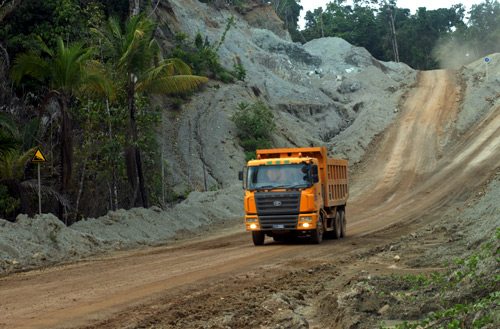
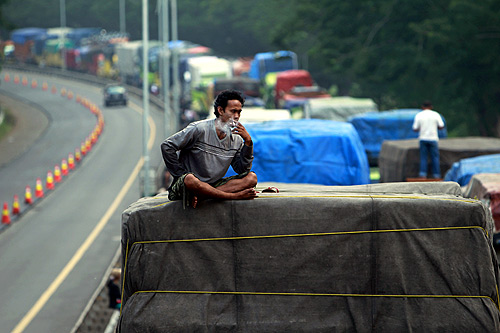
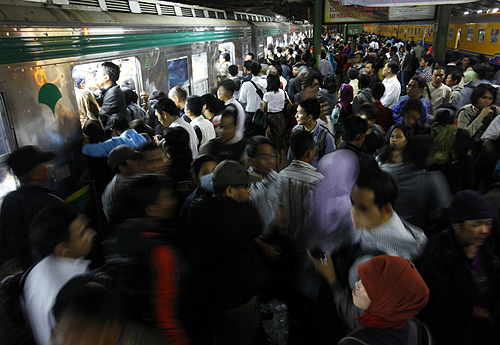

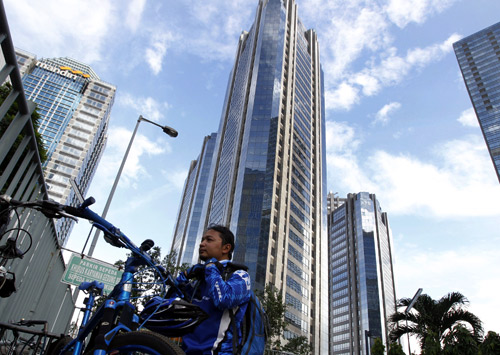
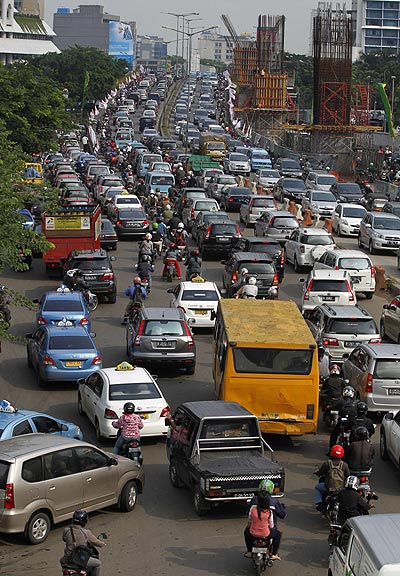
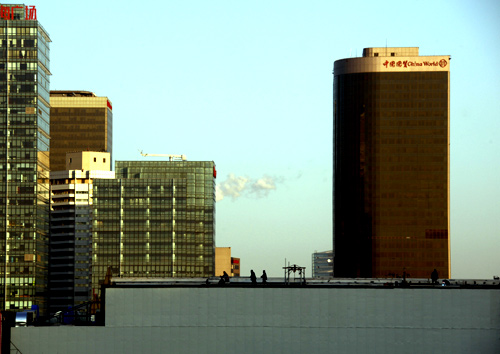

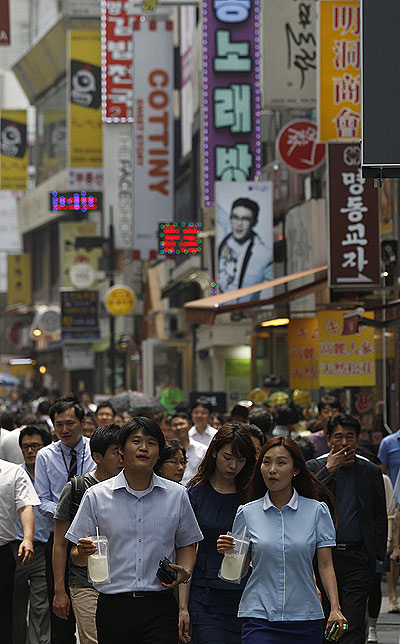


article